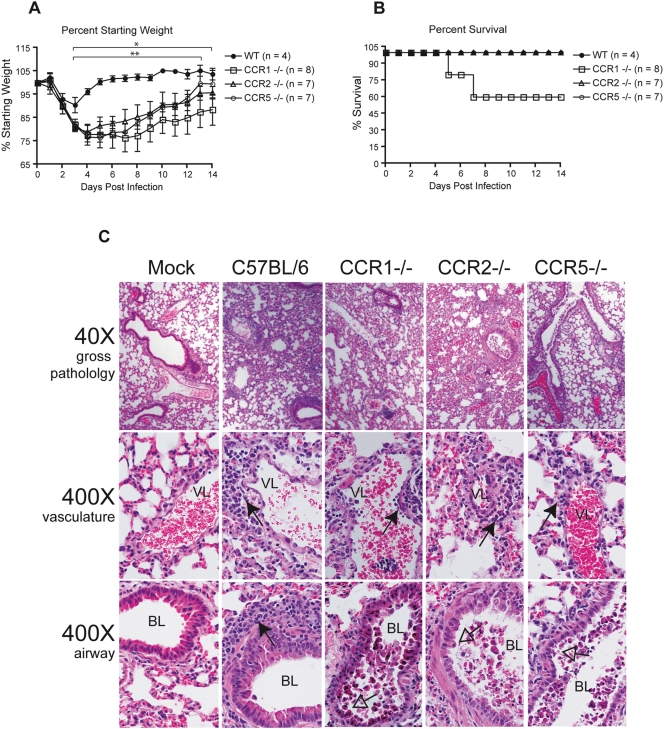Figure 6. Chemokine receptors contribute to protection from mouse-adapted SARS-CoV infection.
To assess the importance of chemokine receptors in SARS-CoV pathogenesis we infected CCR1, CCR2, and CCR5 deficient mice with a recombinant mouse adapted SARS-CoV (rMA15). (A) Mice were monitored for changes in body weight at 24 h intervals. Each data point represents the mean ± the standard deviation. On days 3–14 dpi (*), the differences in the weights of CCR1 and CCR2 mice as compared to WT mice were statistically different by Mann-Whitney test with a P value cutoff of 0.05. On days 3–13 dpi (**), the differences in the weights of CCR5 deficient and WT mice were statistically different by Mann-Whitney test with a P value cutoff of 0.05 (B) Mice were monitored for mortality and the data is expressed as percent survival. (C) To assess the lung damage and degree of pulmonary inflammation in chemokine receptor deficient mice, we evaluated hematoxylin and eosin stained lung sections from 2 dpi. Signs of inflammation and virus induced lung pathology are evident in wild-type mice on 2 dpi with peribronchivascular cuffing (filled arrowhead) caused by infiltrating immune cells, apoptosis of the airway epithelium, and a mild denuding bronchiolitis (empty arrowhead). In contrast, mice deficient in either CCR1, CCR2, or CCR5 exhibited more prominent airway epithelial cell apoptosis, a severe denuding bronchiolitis with an accumulation of cohesive apoptotic debris within the airway (empty arrowhead) , and perivenular/periarterial cuffing (filled arrowhead) but there was a distinct lack of cuffing around the affected airways. Bronchiolar and vascular lumen is labeled as “BL” and “VL”, respectively.

